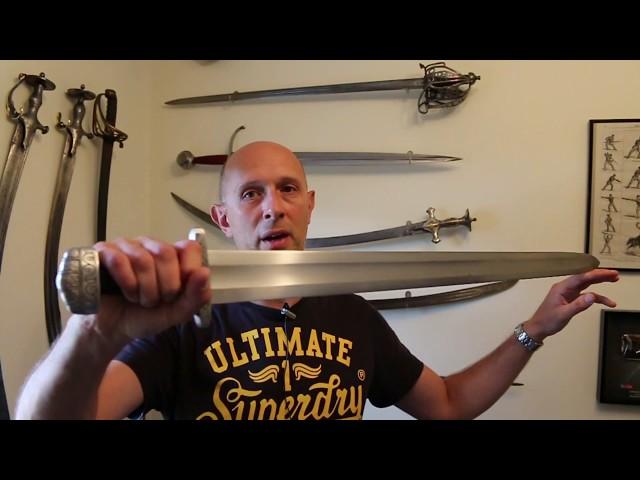Комментарии:
Late Viking Era & Early Norman Swords
scholagladiatoria
VID 20170406 180520
Наталья Понтанько
swearing in marvel then vs. now
Man Carrying Thing
10008 Times - SHREEM BRZEE (Lakshmi Devi Mantra) Dr. Pillai
powerfulchants459
This Week's Crumbl cookies
4-Juan-Juan
ANG SARAP NITO SA KAPE
LONBICOOL TV
День открытых дверей в 3d monsters school
Alexey Saveliev



























